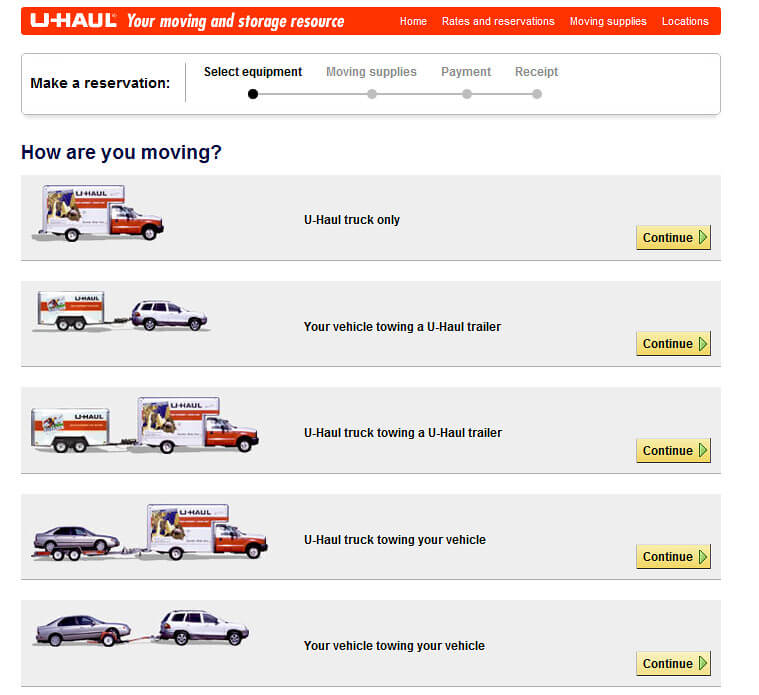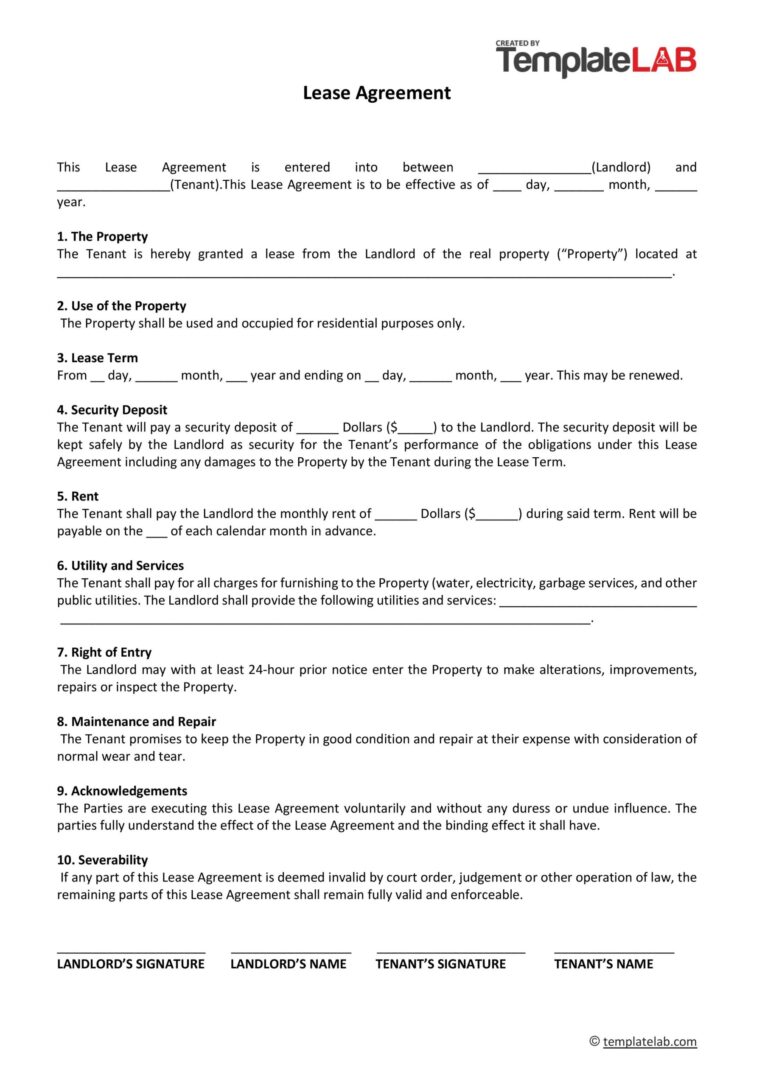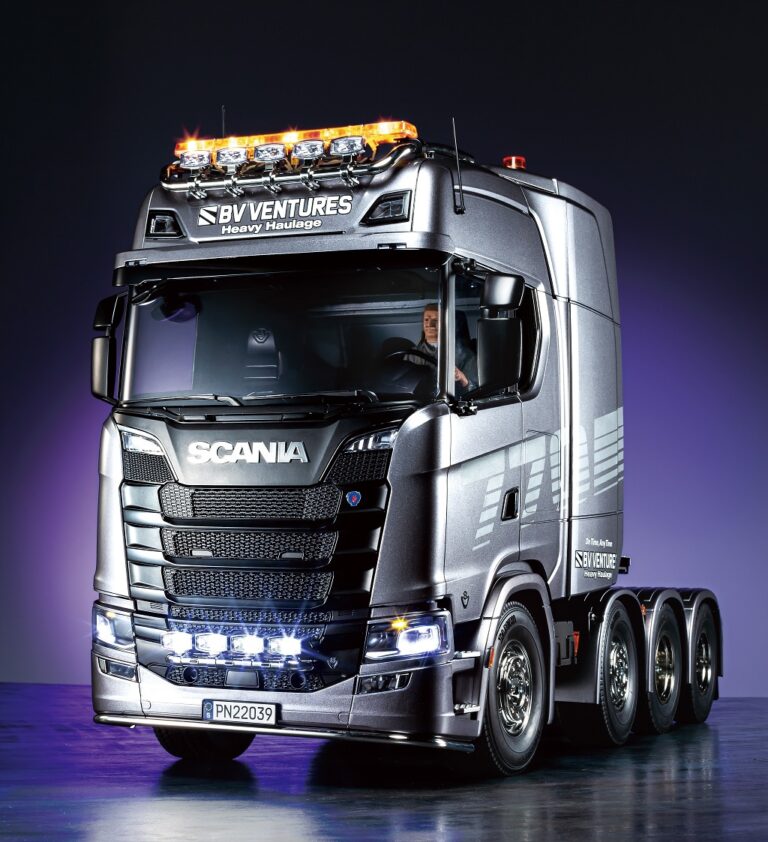Size 26 Truck: Your Comprehensive Guide to a Versatile Workhorse
Size 26 Truck: Your Comprehensive Guide to a Versatile Workhorse cars.truckstrend.com
The world of commercial vehicles can often seem complex, with numerous classifications, sizes, and specialized applications. Among these, the term "Size 26 Truck" frequently arises, particularly in discussions around moving, logistics, and last-mile delivery. While "Size 26" isn’t a formal industry classification like Gross Vehicle Weight Rating (GVWR) or axle configuration, it has become a widely understood colloquialism, predominantly referring to a 26-foot box truck. This article aims to demystify the Size 26 Truck, providing a comprehensive guide for anyone looking to understand, rent, purchase, or operate this incredibly versatile and important vehicle.
These trucks represent a sweet spot in the commercial vehicle spectrum: large enough to handle significant cargo volumes, yet often manageable without a Commercial Driver’s License (CDL) for non-commercial use, making them ideal for both businesses and individuals. Whether you’re planning a cross-country move, running a delivery service, or transporting equipment for an event, the Size 26 Truck is a workhorse that deserves a closer look.
Size 26 Truck: Your Comprehensive Guide to a Versatile Workhorse
Understanding the "Size 26" Designation
At its core, "Size 26" almost universally denotes a truck with a 26-foot long cargo box. This measurement refers to the interior length of the enclosed cargo area, from the bulkhead behind the cab to the rear door. It’s crucial to understand that this dimension is distinct from the truck’s overall length, which will be longer due to the cab and chassis.
While the length is standardized, other dimensions can vary slightly by manufacturer and model:
- Interior Width: Typically ranges from 8 to 8.5 feet.
- Interior Height: Usually between 8 to 9 feet.
- Cubic Feet Capacity: A 26-foot box truck generally offers a cargo volume of 1,600 to 1,700 cubic feet, making it capable of holding the contents of a 3-4 bedroom home or a substantial amount of commercial goods.

It’s also important to note the relationship between the 26-foot box and vehicle classification. Most 26-foot box trucks fall into Class 6 of the GVWR system, meaning their Gross Vehicle Weight Rating (the maximum operating weight of the truck as specified by the manufacturer, including the vehicle itself, fuel, passengers, and cargo) is between 19,501 and 26,000 pounds. This specific weight range is key to licensing requirements, as trucks with a GVWR of 26,001 pounds or more generally require a CDL for commercial operation in the United States.
Key Features and Specifications
Size 26 Trucks are designed for durability and functionality. Here’s a breakdown of common features and specifications:
- Engine: Available with both gasoline and diesel engines. Diesel engines typically offer better fuel economy and longevity for heavy, long-haul commercial use, while gasoline engines are common in rental fleets due to lower upfront costs and simpler maintenance.
- Transmission: Most modern Size 26 Trucks come equipped with automatic transmissions, making them easier to drive for a wider range of operators, including those without extensive truck driving experience.
- Brakes: They typically use hydraulic or air brakes, depending on the GVWR. Air brakes are more common on trucks nearing the 26,000 lbs GVWR limit.
- Fuel Efficiency: Fuel economy varies significantly based on load, terrain, driving habits, and engine type, but typically ranges from 6 to 10 miles per gallon (MPG).
- Payload Capacity: While the GVWR is up to 26,000 lbs, the actual payload capacity (the maximum weight of cargo it can carry) can range from 7,000 to 12,000 pounds, depending on the truck’s curb weight and specific configuration.
- Liftgates/Ramps: Many Size 26 Trucks, especially those in rental fleets or used for delivery, are equipped with hydraulic liftgates at the rear, significantly easing the loading and unloading of heavy or bulky items. Others may have pull-out ramps.
- Tie-Down Rails: Interior tie-down rails and multiple anchor points are standard, allowing users to secure cargo and prevent shifting during transit.
- Cab Features: Modern trucks often include air conditioning, power steering, comfortable seating, and sometimes even cruise control for longer hauls.
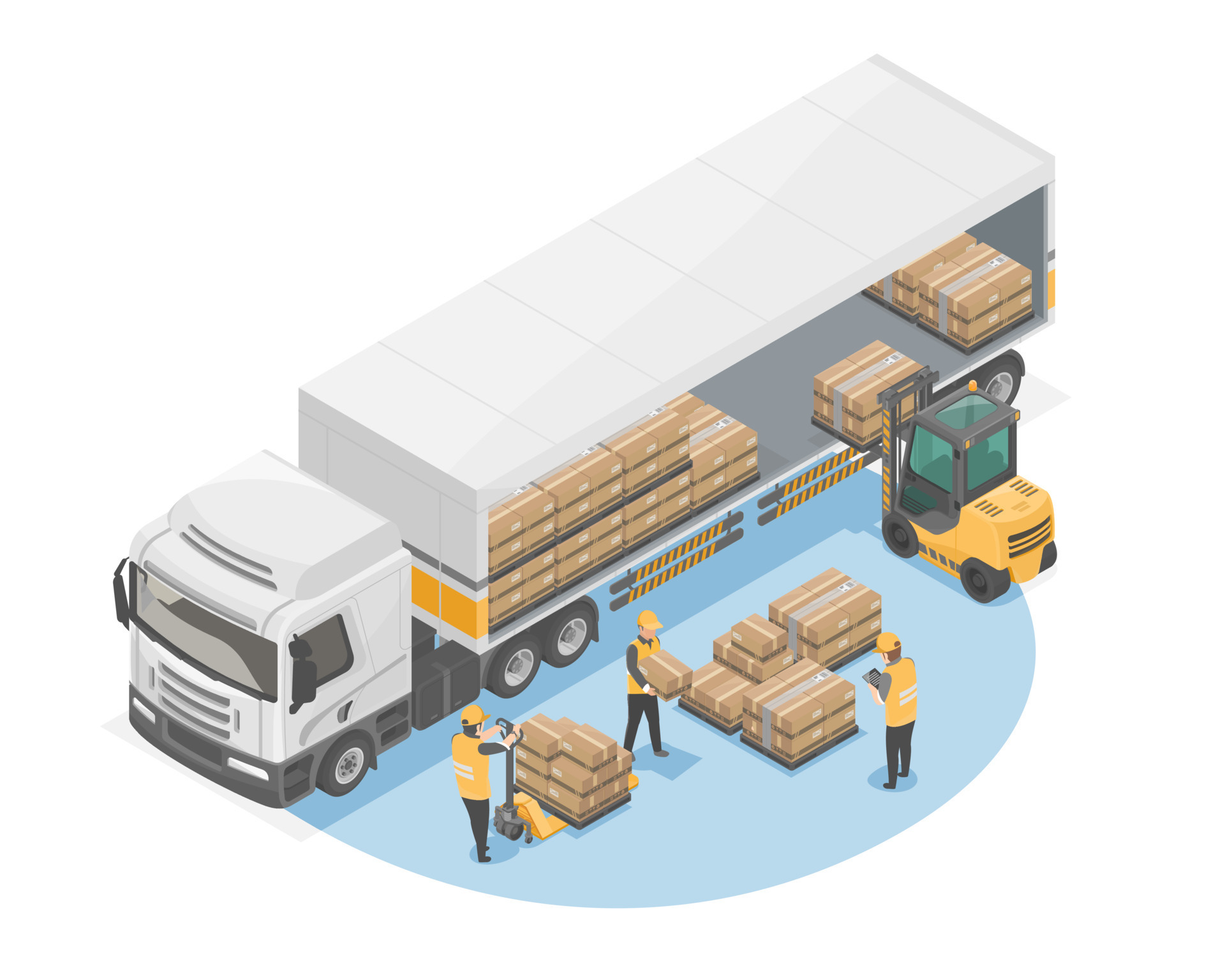
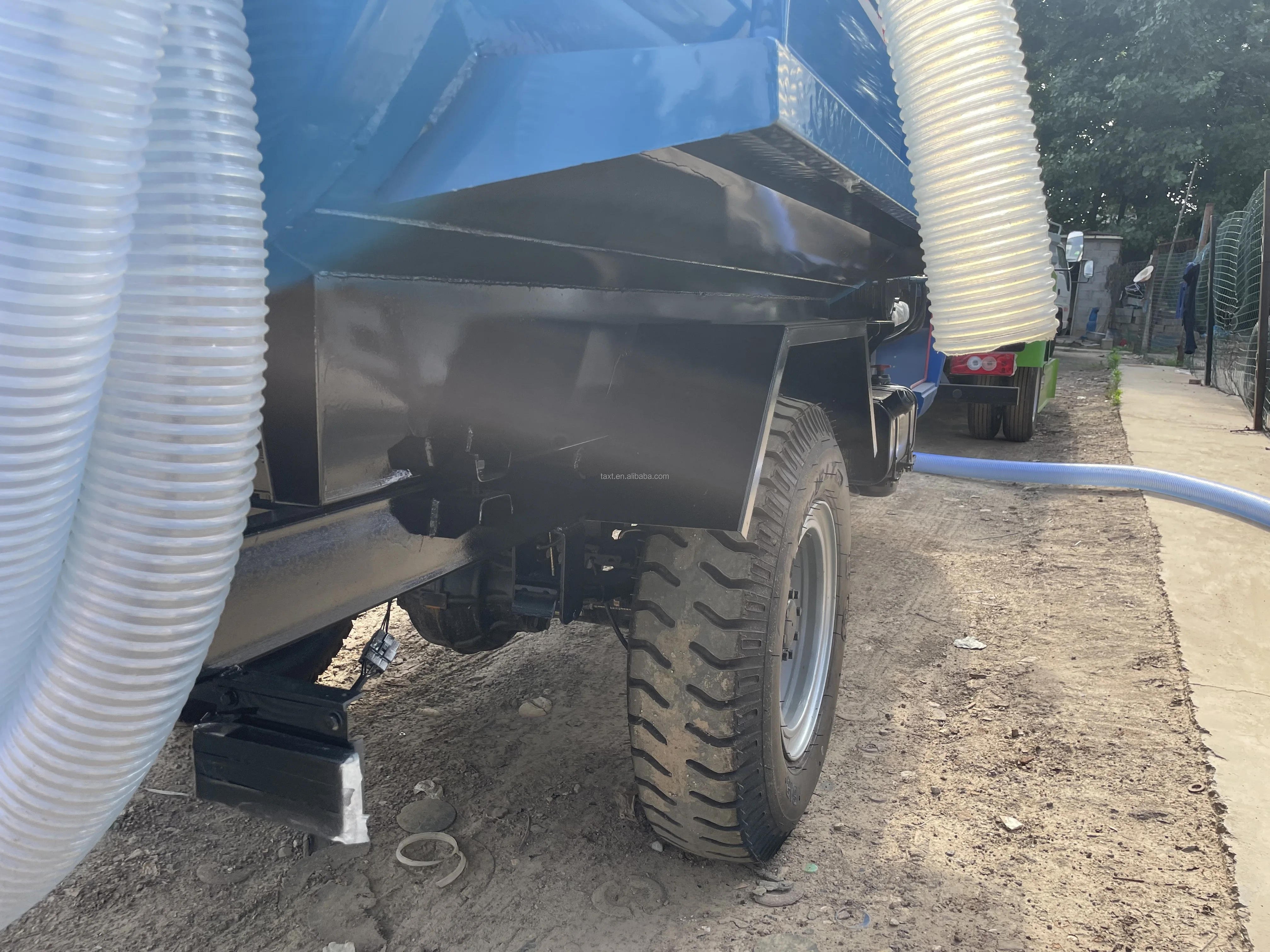
Benefits of Choosing a Size 26 Truck
The popularity of the Size 26 Truck stems from its numerous advantages:
- Exceptional Cargo Capacity: With 1,600-1,700 cubic feet, it can accommodate large volumes, making it ideal for moving entire households or significant commercial inventories in a single trip.
- Versatility: Suitable for a wide array of applications, from residential and commercial moving to furniture delivery, equipment transport, and even mobile workshops.
- Maneuverability (Relative): While large, a 26-foot box truck is far more maneuverable than a semi-trailer truck, making it more practical for urban deliveries and navigating residential streets.
- CDL-Free Operation (Often): For personal use, and often for commercial use where the GVWR is under 26,001 lbs and no hazardous materials are transported, a standard Class D driver’s license is sufficient, significantly broadening its accessibility.
- Cost-Effectiveness: For many businesses, owning or renting a Size 26 Truck is more economical than relying on third-party logistics for all their transport needs, especially for local or regional routes.
- Accessibility: Widely available for rent from major truck rental companies, making it an accessible solution for temporary needs.
Common Applications
The Size 26 Truck is a true multi-tasker, finding use in various sectors:
- Residential and Commercial Moving: Its most iconic use, capable of handling the contents of large homes or small office relocations.
- Furniture and Appliance Delivery: Retailers frequently use these trucks for delivering large items directly to customers.
- Last-Mile Logistics: Essential for delivering goods from distribution centers to final destinations, especially for oversized or bulky items.
- Event Management: Transporting staging, sound equipment, lighting, and props for concerts, conferences, and exhibitions.
- Construction and Landscaping: Moving tools, light machinery, materials, and supplies to job sites.
- Catering and Food Service: Transporting large quantities of food, equipment, and serving ware for events.
- Mobile Workshops/Storage: Some businesses customize them for mobile repair services or as temporary, secure storage units.
Renting vs. Buying a Size 26 Truck
The decision to rent or buy depends largely on your frequency of use, budget, and long-term business strategy.
Renting:
- When it makes sense: Occasional moves, seasonal peaks in business, one-off projects, or when you need a specific type of truck for a short period without the commitment of ownership.
- Advantages: No maintenance costs, no depreciation, no long-term insurance or registration, access to a variety of models.
- Considerations: Daily/weekly costs can add up for frequent use, limited customization options, potential for availability issues during peak times.
- Where to rent: U-Haul, Penske, Budget, Ryder, Enterprise Truck Rental are major players. Requirements typically include a valid driver’s license, being over 21 (sometimes 25), and a credit card.
Buying:
- When it makes sense: Frequent, consistent need for a truck, dedicated business operations, desire for customization, long-term cost savings compared to continuous renting.
- Advantages: Full control over maintenance and customization, potential for advertising with vehicle wraps, building equity.
- Considerations: Significant upfront cost, ongoing maintenance expenses, insurance, registration, depreciation, and the need for storage.
- New vs. Used: New trucks offer warranties and the latest features but come at a premium. Used trucks can be more budget-friendly but require thorough inspection and may incur higher maintenance costs over time.
Operating and Driving a Size 26 Truck
Driving a Size 26 Truck is different from operating a standard passenger car. Proper training and awareness are crucial for safety and efficiency.
- Licensing Requirements: As mentioned, most Size 26 Trucks (with GVWR under 26,001 lbs) do not require a CDL for non-commercial use. However, always verify the specific GVWR of the truck you are operating and check your local state/province regulations, especially if using it for commercial purposes or transporting hazardous materials, as these can trigger CDL requirements regardless of GVWR.
- Driving Tips:
- Awareness of Dimensions: Constantly be mindful of the truck’s height (especially for bridges, tunnels, drive-thrus), width (narrow streets, tight turns), and length (swinging wide on turns).
- Braking Distance: Loaded trucks require significantly longer distances to stop. Maintain ample following distance.
- Turning Radius: Large trucks have a much wider turning radius. Plan turns well in advance and use mirrors extensively.
- Blind Spots: Size 26 Trucks have large blind spots, particularly on the right side and directly behind. Use mirrors, check frequently, and be extra cautious when changing lanes or backing up.
- Weight Distribution: Proper cargo loading is critical. Distribute weight evenly across the truck’s axles to maintain stability and prevent swaying or tipping.
- Loading and Unloading:
- Secure Cargo: Use tie-downs, ropes, and moving blankets to secure all items, preventing shifting and damage during transit.
- Heavy Items First: Load the heaviest items on the floor, closest to the cab, and distribute weight evenly from side to side.
- Liftgate Safety: If equipped, learn how to operate the liftgate safely. Never exceed its weight limit and ensure the area is clear before raising or lowering.
Maintenance and Longevity
Regular maintenance is key to ensuring the reliability, safety, and longevity of a Size 26 Truck, whether you own it or rent it.
- Routine Checks: Before each trip, check tire pressure, fluid levels (oil, coolant, brake fluid), lights, wipers, and mirrors.
- Preventative Maintenance: Adhere to the manufacturer’s recommended service schedule for oil changes, filter replacements, brake inspections, and tire rotations.
- Tire Care: Proper tire pressure is vital for safety, fuel economy, and tire life. Inspect tires regularly for wear and damage.
- Brake System: The braking system is paramount. Have brakes inspected regularly and replace pads/rotors as needed.
- Suspension: Over time, heavy loads can strain the suspension. Listen for unusual noises and address them promptly.
- Cleanliness: Keeping the truck clean, inside and out, not only preserves its appearance but can also help identify potential issues early.
Challenges and Solutions
While highly beneficial, operating a Size 26 Truck comes with its own set of challenges:
- Fuel Costs: As larger vehicles, they consume more fuel.
- Solution: Plan efficient routes, avoid excessive idling, maintain proper tire pressure, and ensure regular engine tuning.
- Parking and Maneuverability: Finding parking in urban areas or navigating tight spaces can be difficult.
- Solution: Plan deliveries/routes with parking in mind, use spotters when backing up, and practice low-speed maneuvers.
- Maintenance Expenses: Owning a truck means dealing with potentially significant repair costs.
- Solution: Stick to a strict preventative maintenance schedule, budget for unexpected repairs, and consider extended warranties for new purchases.
- Finding Qualified Drivers: If operating commercially, finding and retaining drivers familiar with larger vehicles can be a challenge.
- Solution: Invest in driver training, offer competitive compensation, and foster a positive work environment.
- Initial Purchase Cost: The upfront investment for buying a new Size 26 Truck is substantial.
- Solution: Explore financing options, consider well-maintained used trucks, or start with renting to gauge your needs.
Size 26 Truck Price Table
Please note that prices are estimates and can vary significantly based on manufacturer, model year, condition (for used), mileage, features (e.g., liftgate type), and market demand.
| Category | Description | Estimated Price Range (USD) | Notes |
|---|---|---|---|
| New Purchase | Brand new, latest model, full warranty | $60,000 – $100,000+ | Varies by chassis, engine, and body builder |
| Used Purchase | 3-7 years old, good condition, 100k-300k miles | $20,000 – $50,000 | Condition, mileage, and features are key factors |
| Daily Rental | 24-hour rental (no mileage included) | $100 – $200 | Plus mileage fees ($0.50-$1.00/mile) and insurance |
| Weekly Rental | 7-day rental (limited free miles) | $500 – $900 | Better value for multi-day use |
| Monthly Rental | 30-day rental (higher free mileage) | $1,500 – $3,000 | Best for ongoing projects or business needs |
| Fuel Cost (Estimate) | Per mile (based on 7-8 MPG, $4/gallon fuel) | $0.50 – $0.60 per mile | Highly variable based on driving and fuel prices |
| Insurance (Annual) | Commercial insurance for owned truck | $3,000 – $8,000+ | Varies by coverage, driver history, and location |
| Maintenance (Annual) | Routine and preventative maintenance | $1,000 – $3,000+ (owned) | Excludes major repairs; higher for older trucks |
Frequently Asked Questions (FAQ)
Q1: Do I need a CDL to drive a Size 26 Truck?
A1: Generally, no, if the truck’s Gross Vehicle Weight Rating (GVWR) is under 26,001 pounds and you are not transporting hazardous materials or operating it as part of a commercial enterprise that requires a CDL (e.g., passenger transport). Most rental 26-foot box trucks are designed to be driven with a standard Class D license. Always confirm the specific GVWR of the truck and check your local state/province regulations.
Q2: What is the typical fuel economy of a Size 26 Truck?
A2: Fuel economy typically ranges from 6 to 10 miles per gallon (MPG), depending on whether it has a gasoline or diesel engine, the load it’s carrying, terrain, and driving habits.
Q3: How much can a Size 26 Truck hold?
A3: A 26-foot box truck offers approximately 1,600 to 1,700 cubic feet of cargo space. This is generally enough to move the contents of a 3-4 bedroom house or a significant amount of commercial inventory. Payload capacity usually ranges from 7,000 to 12,000 pounds.
Q4: Can I tow a vehicle or trailer with a Size 26 Truck?
A4: Some Size 26 Trucks, particularly those from rental companies, come equipped with a tow hitch. However, always verify the truck’s specific towing capacity and ensure that the combined weight of the truck, its cargo, and the towed vehicle/trailer does not exceed the truck’s Gross Combined Weight Rating (GCWR). Be aware that towing significantly impacts fuel economy and handling.
Q5: What’s the difference between a Size 26 Truck and a semi-truck?
A5: A Size 26 Truck (box truck) is a single-unit vehicle where the cab and cargo box are permanently attached to the same chassis. It’s designed for medium-duty hauling. A semi-truck (tractor-trailer) consists of two separate units: a tractor (the cab and engine) and a detachable trailer. Semi-trucks are designed for much heavier, long-haul freight, have significantly higher GVWRs (requiring a CDL), and are far less maneuverable in urban or residential settings.
Conclusion
The "Size 26 Truck," synonymous with the 26-foot box truck, is an indispensable asset in the logistics, moving, and delivery sectors. Its substantial cargo capacity, relative maneuverability, and often CDL-free operation make it an accessible and highly efficient solution for a wide range of needs, from personal relocations to vital commercial operations.
Understanding its specifications, benefits, operational nuances, and maintenance requirements is key to maximizing its potential and ensuring safe, cost-effective use. Whether you opt to rent for a single project or invest in ownership for your business, the Size 26 Truck stands as a testament to practical engineering, empowering individuals and enterprises to move goods with confidence and efficiency. It truly is a versatile workhorse, bridging the gap between smaller delivery vans and full-sized semi-trailers, making it a cornerstone of modern transportation.
